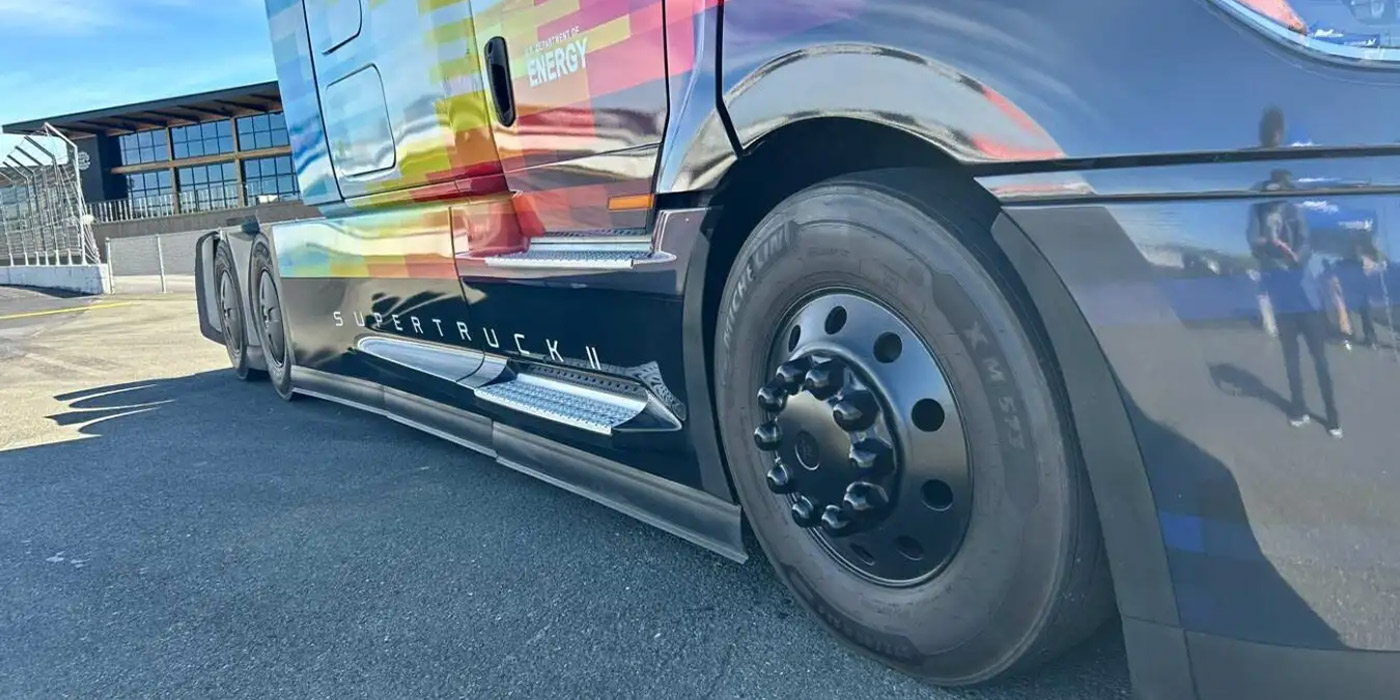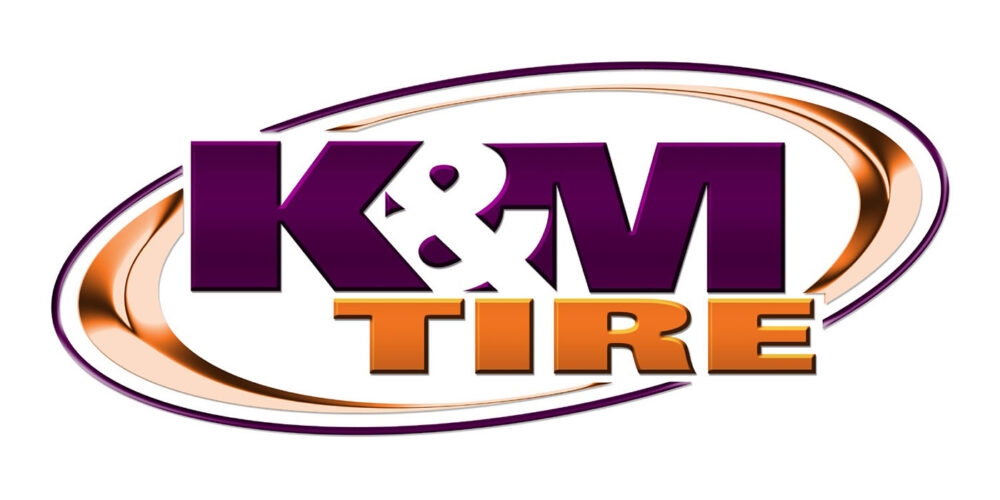The world is very dependent on coal and crude oil. Crude oil and coal are second and third in energy content (BTUs) per weight (or volume) to nuclear energy. But nuclear energy frightens many, and it isn’t portable. Nuclear power also requires significant upfront investment.
Coal and products made from crude oil contain considerable BTUs per unit volume, and they are completely portable. Of course, the petroleum industry has been able to spend 150 years on product development, so you would expect very efficient products. Coal has provided useful, portable energy from the instant it was discovered.
Our nation can work hard to reduce its dependence on coal and crude oil, but we will soon not have the largest influence over world energy requirements. The latest government forecast states that world energy demand will increase by 50% in less than 25 years. Our nation’s energy requirements are predicted to increase by only 20% in this time frame, but developing Asian nations are expected to require five times as much energy as they now utilize (93% of the predicted growth). China and India are currently competing directly with us for all-new sources of power.
No single current source of energy can provide for this much demand. That is why alternate energy research and development is so critical. Predictions are that by 2030 roughly 85% of our energy supply will come equally from coal, natural gas and oil. Renewables, nuclear and hydroelectric power will contribute only about 5% each to the total energy demand.
Our world needs significantly more energy from new, unconventional sources. For example, our sun produces more energy in an hour than the world uses in a year. Every year 3.85 million exajoules (think big; really, really big!) of solar energy hit the earth. Yet we use only 500 exajoules of solar energy per year. Not 5 million or 500,000, but just 500 exajoules!
Storage of solar energy limits its worldwide use—currently it can’t be done cost effectively. Last year a solar energy plant went onstream in Italy. That plant uses solar energy to heat molten salt to 1,000˚ F. The molten salt then boils water to drive steam turbines that generate electricity. Since the salt stores its heat energy for a significant period of time, the plant can produce energy created by the sun almost all night long. Let’s hope this process proves to be reliable and commercially sound.
The same issue slows acceptance of wind energy. Current estimates are that the wind creates 2,250 exajoules of energy per year, but we take little advantage of it. In Hawaii, Extreme Power is using a 10 MW battery and unique computer software to see if a wind farm can supply a constant, dependable source of energy. Let’s hope this experiment with wind energy storage is successful and cost effective.
We all know the CNG vs. LNG dilemma. CNG is currently very inexpensive if the fleet operator can tolerate its low energy density. LNG makes more sense in many applications, but more investment is required.
Electric vehicles are very promising if the power used to charge batteries comes from either natural gas or nuclear energy. But battery storage capacity and weight are still issues. I’ve seen some very expensive race car batteries which weigh about one-fourth as much as typical lead/acid batteries, but the cost (approximately $240) and the limited storage capacity prohibit fleet use.
My hope is that the U.S. can develop a realistic energy policy, and that our researchers can develop cost-effective storage solutions before other nations do. If the Chinese develop solutions to the energy storage issues before us, we will be relegated to second-class national status. Come on scientists, we need your brains now!













